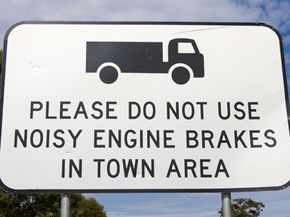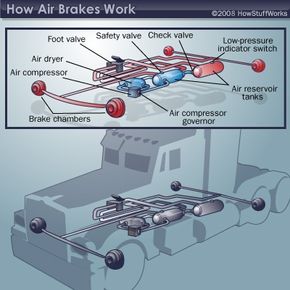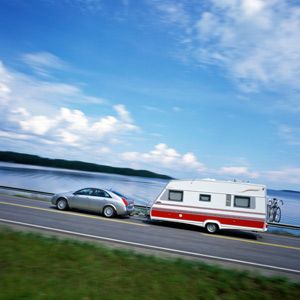"No Engine Brake." Have you ever wondered what this sign means when you pass it on the highway?
A truck's engine brake is also known as a compression brake system. Sometimes it's called an engine retarding device. Retarders are especially helpful for truckers on mountain downgrades.
Advertisement
But how do retarders work? The compression stroke is one part of an engine's four-cycle system. The intake and exhaust valves are closed as the piston moves up, compressing the air being forced into the brake cylinder. At the top of the stroke, fuel enters the very hot air, burning rapidly and pushing against the piston, which is on its way back down. When the piston begins its ascent, the exhaust valve opens to emit the spent gasses.
Suppose that the valve is popped open when the piston is just past the top center, as the compression stroke is ending. The compressed air is allowed to escape. Then the intake valve lets in more air, and the piston begins to compress it. At that point, the engine becomes an air compression device, with gravity providing the energy needed to run it [source: Newbie Driver].
As the compressed air escapes, the truck makes a backfiring or popping sound. Although more modern systems make less noise, the perception remains that a truck should rely on the air brake system.
Now, let's roll on to take a closer look at how truck and automobile brakes differ.
Advertisement


